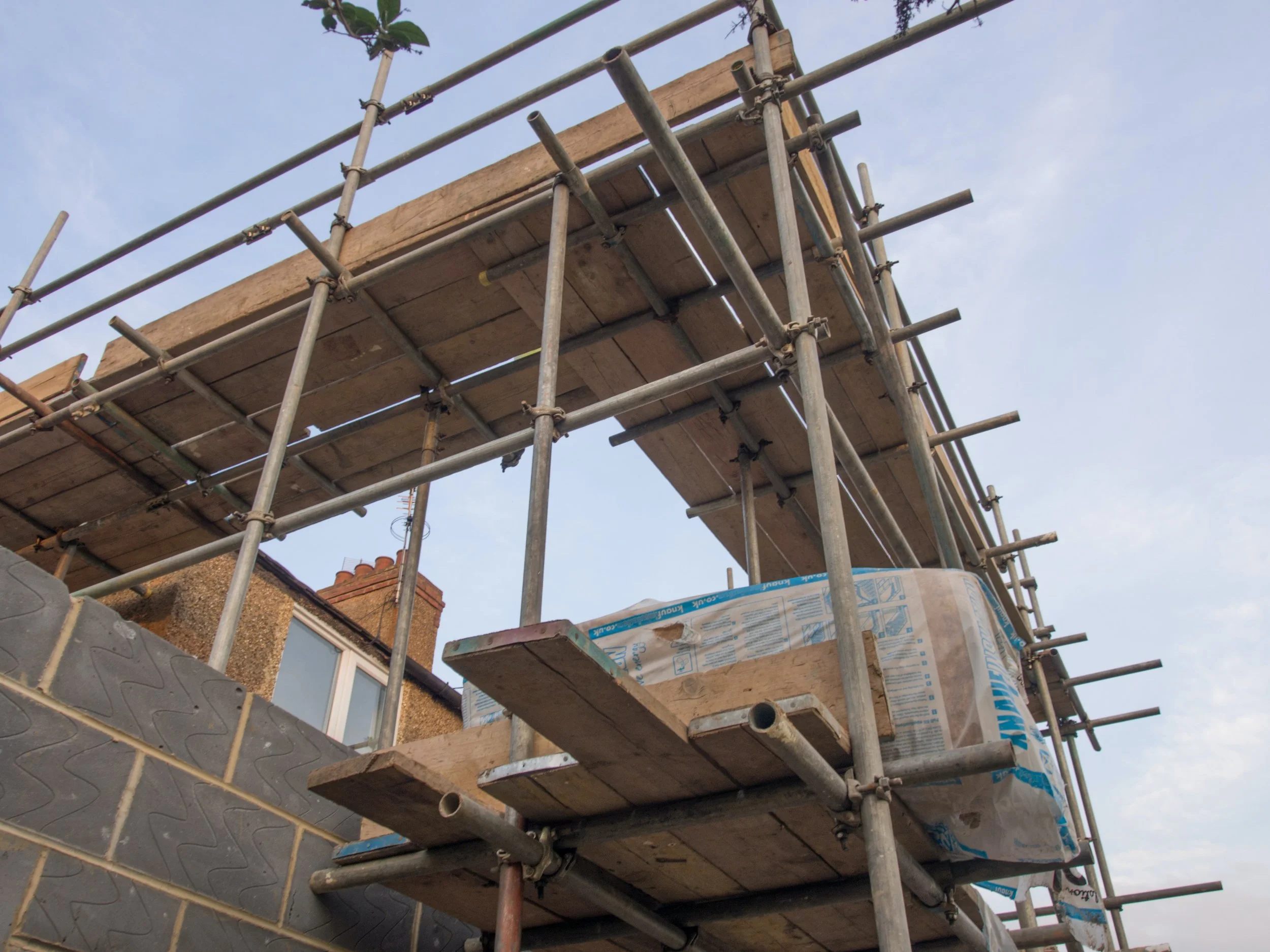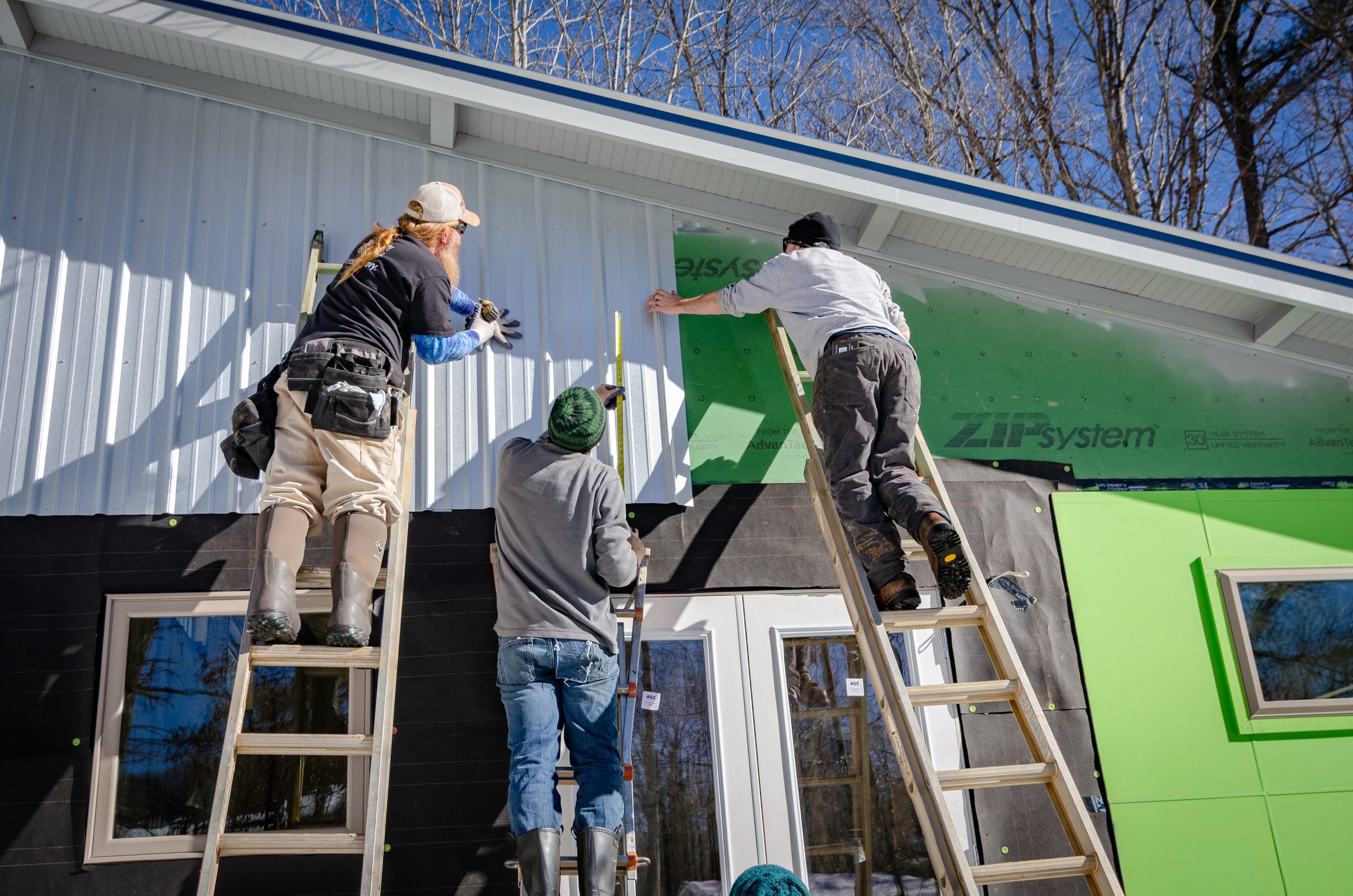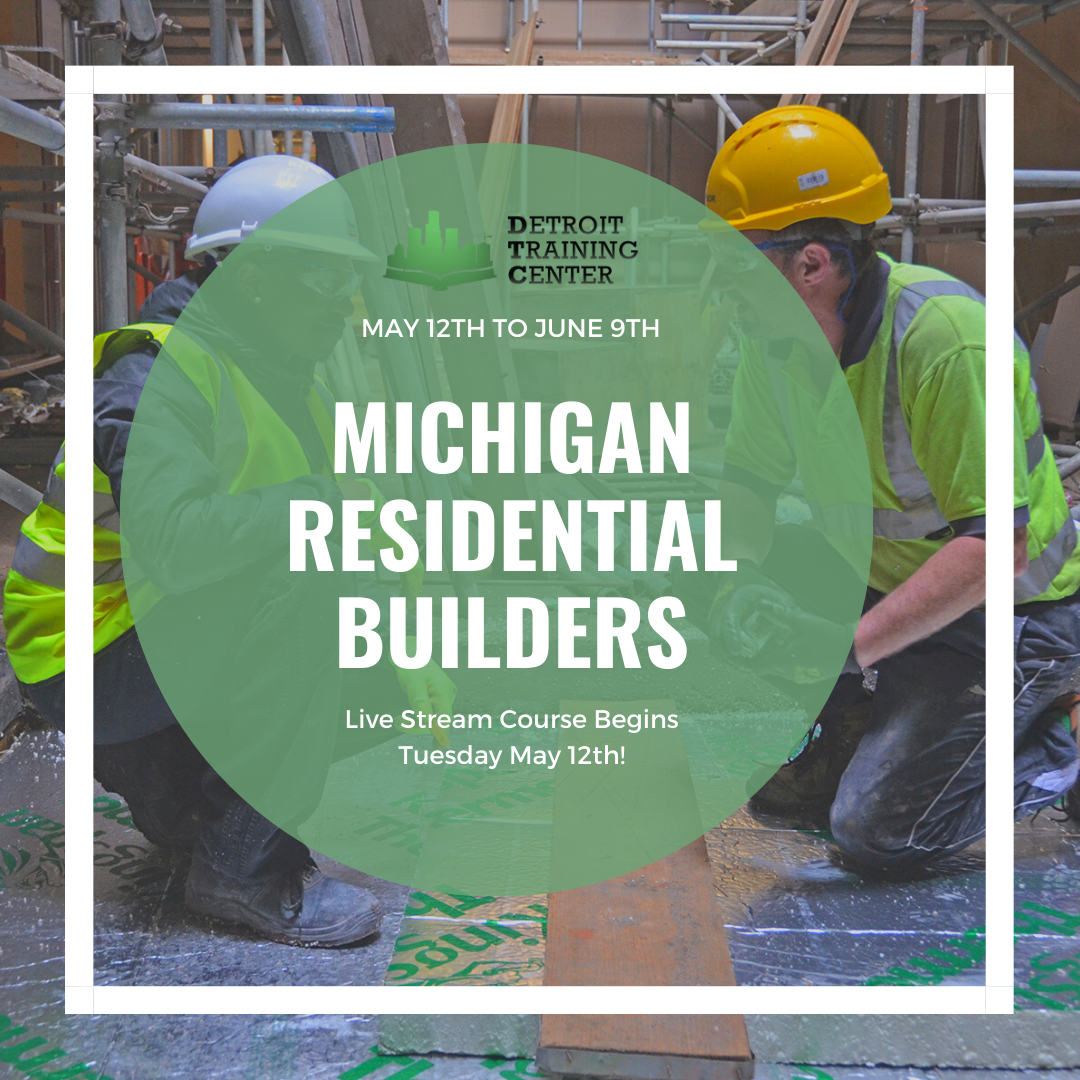Now that the supply chain has cleared out and supplies like timber are no longer difficult to get ahold of, many homeowners are moving to updating and renovating their properties. There are tons of different ways you can update and change your property and many ways that you can make it your own.
It’s vital that you plan well, though.
These are some of the best tips and advice anyone should follow if they want to make the most out of renovating their property.
Plan Ahead as Thoroughly As Possible
Thorough planning is a must that shouldn't be overlooked. Not only does it ensure that you work in the right order and don't end up adding drywall to a portion that won't need it: but it also allows you to save money and keep a tight schedule, so you don't lose track of what you're doing. When updating your property, plan ahead and decide exactly what you'll need for every project. This will give you time to look for deals, find better materials, or even find a better contractor than would be available last minute.
Patching a Roof is a Waste of Time and Money
Don't patch your roof. Unless it's early spring and companies are booked out for months: don't allow yourself to risk your entire property to save a few bucks. If your roof is out of date, and leaking or showing other signs of age, take the time and effort to get this replaced first. A slate roof lasts long, looks great, and can handle any type of weather your area throws at it. Although it can be expensive, it adds a lot of value to your property and saves you from any future damage like leaks or flooding from snow and ice build-up.
Save Any Polishing Until the Last Step
Although you may feel tempted to go ahead and update and add fun and interesting details as you move along the projects, don't add any polishing steps until you're finished. You may think that now's a good time to update the hardware for your cabinets, but by the end of your renovation, you may decide to paint or stain your cabinets, and then you'll have to go through the extra steps of removing them or taping them off to work around them. Wait until you're completely done to add the fun details that speak to you.
Your Siding Does More Than Look Good
Although the siding decides how people view the home and what color and style it's called: it does more than just look fantastic. Your siding also has to be high quality to stop insect life from getting in, block out moisture and temperature fluctuations, and handle high winds from storms. There are many different types of siding, so it's important to consider what type your home needs and what would work best where you're located. Although some styles may look nice, they don't always work in different climates.
Consider Your Home’s Insulation Along the Way
Whether your home has continuous insulation or it's filled insulation in the attic: get to know what you're working with as you update. Insulation can help control temperature fluctuations, allowing you to save money on your heating and cooling bill, and can also stop moisture from making its way into the parts of the property where it could damage it. There are many different areas that may need insulation, depending on your home's style and how old it is, so it's a good idea to have a professional inspect it while you're renovating, especially if you're in an older property.
Windows Are One of the Largest Reasons HVAC Bills Soar
If your heating and cooling bills have been high, look into whether or not your windows are leaking air. You can quickly check this by carrying a lit candle near closed windows and doors and watching to see if the flame pulls one way or the other. You don't have to give up the classic style of your home if you go for historic storm windows, but the update is vital if you notice your bills are soaring.
Pay Attention to Your HOA When Making Changes
Nobody wants to be beholden to rules when updating their home: but it's a good idea to pay attention to your HOA when you're making any changes. Many HOAs have rules for everything from what kind of driveway you can have to what color your home or shutters can be. Research what's allowed in your area, and make sure you're not breaking any rules and setting yourself up for any fees or lawsuits. The HOA is there to help protect your property value, so it's best to work with it.
Every Update Should Be Thoroughly Considered When Renovating
There’s no reason to jump into a project blindly, especially when it involves as much money and work as a full home renovation. Consider every step before you take it: and make sure you’re adding value to your property along the way.
Max Shafer is a contributor to the Innovative Building Materials blog. He is a content writer for the construction and home improvement industries with an interest in landscaping, outdoor remodeling, and interior design. Max is focused on educating homeowners, contractors, and architects on innovative materials and methods of construction that increase property value, improve sustainability, and create a warm and welcoming ambiance.

























